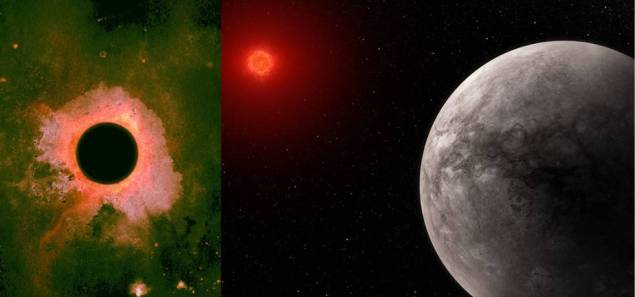Not At All, But…
Scientists are more excited than ever about the rumour that the James Webb Space Telescope has found a planet with clear signs of life, according to Ars Technica. Many of the rumours may not be true, but at the very least, they show how useful the space camera could be in the study of alien life.
A NASA official told Ars that there has been no “definitive evidence” found yet, but they did say that there was a chance of a big discovery coming up that would need years of follow-up study to confirm.
A deputy project scientist for exoplanet science on the James Webb Space Telescope told Ars that JWST studies could help find the first signs of possible life on other planets. These signs could indicate how likely it is that a planet is habitable or not. “Future missions will be needed to conclusively establish the habitability of an exoplanet.”
According to Ars, the answer is meant to stop any wild rumours, but it does leave the door open to some exciting options. It’s a “no,” but “not a hard no.”
We Need Confirmation
The excitement is because the James Webb telescope found a possible biosignature on the exoplanet K2-18 b last year. This is an ocean world that is thought to be about 8.6 times more huge than Earth and is located about 120 light years away.
According to Ars, a recent article from The Spectator called “Have we just discovered aliens?” wrote about the excitement over the discovery and sparked it again. The article includes opinions from well-known astronomers and includes an intriguing quote from an interview with British astronaut Tim Peake on CNBC.
Peake told The Spectator, “It’s possible that the James Webb telescope has already found [alien life].” “It’s just that they don’t want to release or confirm those results until they can be entirely sure, but we found a planet that seems to be giving off strong signals of biological life.”
Move Of Signature
Without a doubt, the proof we have so far is good. Dimethyl sulphide is a molecule that was found on K2-18b. It is a smelly substance that can only be made by live things on Earth.
The fact that it has oceans and an atmosphere full of hydrogen is a very strong sign that this “Hyacean” world might have life on it. Even better, the world is in the “Goldilocks” zone of its star, which means that the surface is not too hot or too cold for life as we know it.
Colón said that the information isn’t proof, though. To be sure of the discovery, more observations will have to be made, maybe with completely different tools. Also, dimethyl sulphide might be able to be made without any living things. Scientists don’t want to jump the gun, which makes sense since the field has a long past of alien hoaxes and spoofs.
Read More: So Much for Sending People Back to the Moon in 2024
Even with all those warnings, a lot of people in the town are still hopeful.
“I think we are going to get a paper that has strong evidence for a biosignature on an exoplanet very, very soon,” The Spectator quoted astrophysicist Rebecca Smethurst as saying.
What do you say about this story? Visit Parhlo World For more.


